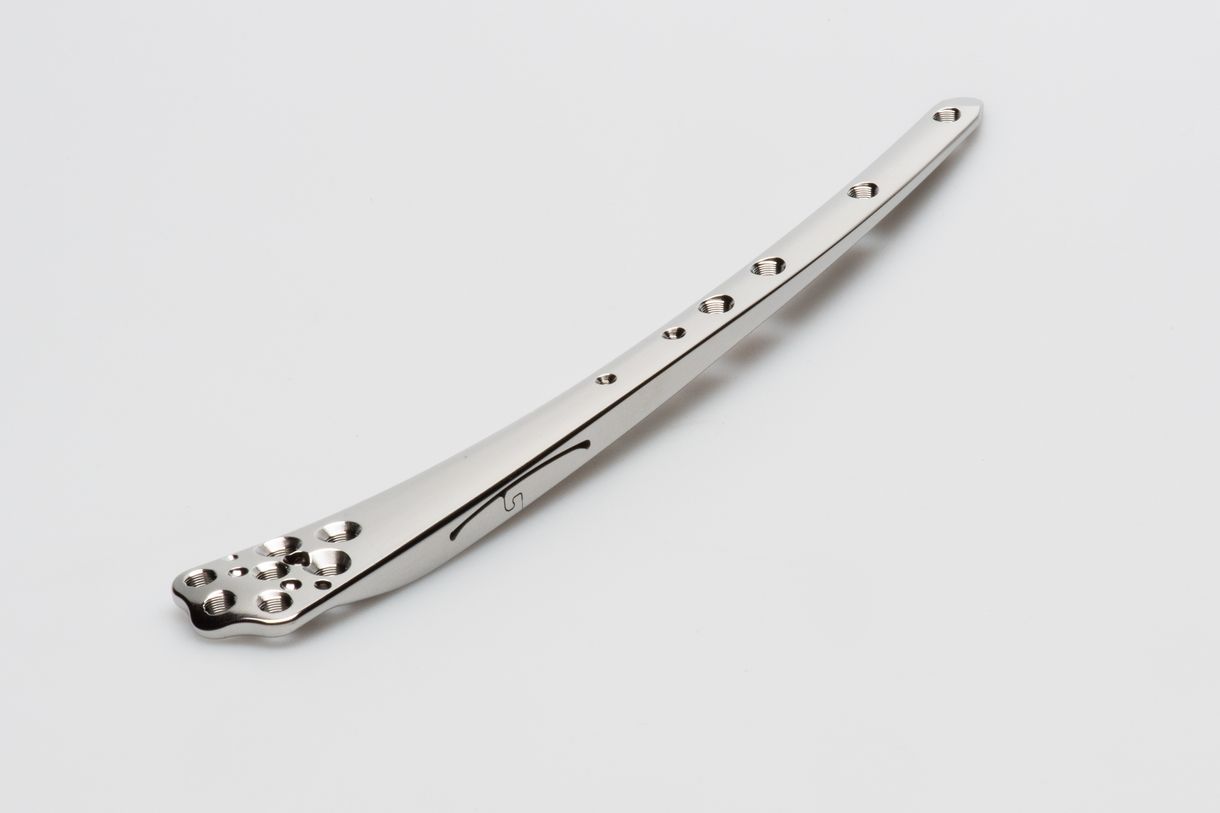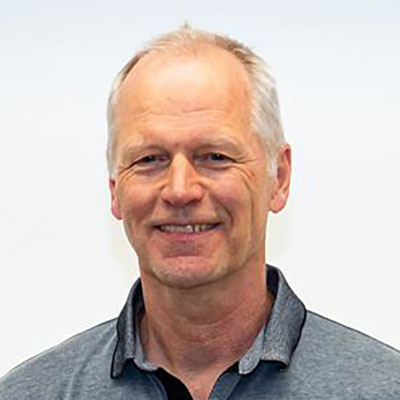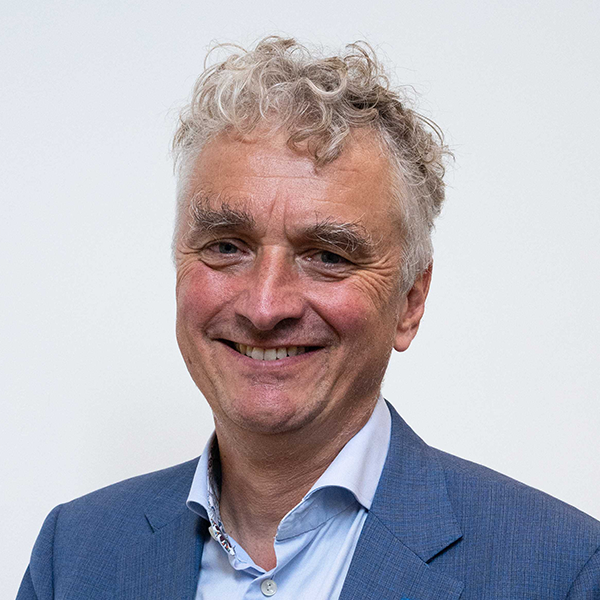Biphasic Plate’s clinical study is well underway

The Biphasic Plate represents a significant advancement in orthopedic trauma surgery, offering a novel solution for treating fractures. It is currently used to manage distal femur fractures. Developed through a collaboration between the AO Research Institute Davos (ARI) in Switzerland and the Queensland University of Technology (QUT) in Australia, and with Development Incubator resources from the AO Innovation Translation Center (AO ITC), this innovative device addresses the limitations of traditional fracture fixation methods.
The Biphasic Plate is designed to provide optimal mechanical stability while allowing a controlled degree of motion at the fracture site. This unique feature enhances the healing environment by promoting callus formation, essential for robust and fast bone healing.
A clinical study of the Biphasic Plate with 41medical AG as its manufacturer is well underway in Europe, and the 100th Biphasic Plate was applied at the end of 2024 at Kantonsspital Graubünden in Chur, Switzerland—the same hospital that performed the first in-human application. Christoph Sommer, who implanted the first Biphasic Plate, is confident that it will, once serially produced, cover a currently unmet clinical need. Sommer is the Chief Trauma Surgeon at Kantonsspital Graubünden, chairperson of the AO Technical Commission’s Lower Extremity Global Expert Committee, and has been an AO faculty member for over 30 years.
“The big advantage of the plate is its longevity. When implanting a Biphasic Plate to treat distal femur fractures, there is—unlike in standard plating—usually no need for a medial second plate. Not having to touch the medial tissue preserves the blood supply of these medial fragments and, therefore, promotes better bone healing, which is a clear advantage in elderly patients who go into full weight-bearing at an early stage. Double plating creates a more stable construct, but on the other hand—by too rigid fixation—ends up with more non-unions, which will eventually lead to more plate failures the longer patients live.”

"The big advantage of the plate is its longevity. When implanting a Biphasic Plate to treat distal femur fractures, there is—unlike in standard plating—usually no need for a medial second plate.”
Christoph Sommer
Although the failure rate was not zero in the Biphasic Plate’s clinical study so far, Sommer believes in its superiority. “The longevity of the Biphasic Plate is clearly an improvement compared to today’s plates, but you will never get a 100% success rate.”
Sommer believes the Biphasic Plate to be an ideal solution for distal femur fractures, especially in elderly patients and in a periprosthetic context. “There is clearly a market for this plate, and my colleagues have shown huge interest in it whenever we presented it at congresses and symposia.”

"The biphasic plate concept combines improved healing times with a more liberal rehabilitation protocol and has the potential to corroborate the AO’s leadership in fracture management innovation.”
Michael Schuetz
The Biphasic Plate was CE-approved as a class IIB medical device in April 2021, and the team at the AO ITC is currently working on getting FDA approval to conduct cases in the United States. The European study will, including a full year of follow-ups, be concluded in 2026. “Once the clinical study is completed and analyzed, we will focus all our efforts on finding an industrial partner,” said Ladina Hofmann-Fliri, Project Manager Technology Transfer at the AO ITC.

